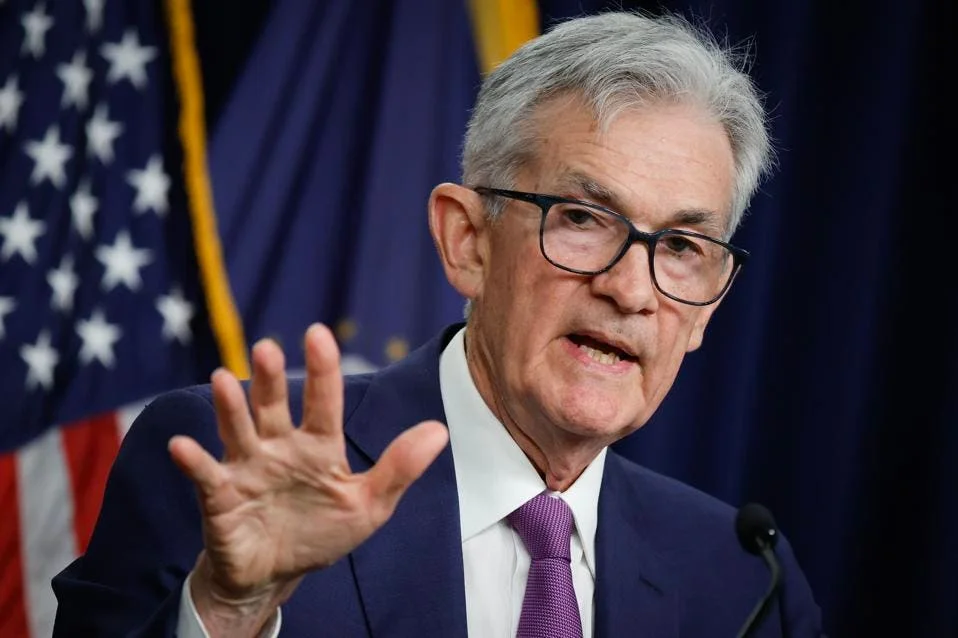
Stagflation Concerns Grow Amid Trump’s Economic Policies
Recent economic analyses have raised alarms about the potential for stagflation in the U.S., a situation marked by high inflation and stagnant economic growth. Axios reports that despite efforts to curb inflation, the economy is showing signs of slowing down, which could lead to stagflation. Politico highlights that former President Donald Trump's economic policies, including tariffs, may exacerbate these risks.
Forbes contributor Garth Friesen notes several warning signs within the economy, including rising commodity prices and declining consumer confidence, which could signal the onset of stagflation. The New Republic discusses public perception of Trump's economic policies, revealing a divided opinion on their impact, with many concerned about potential negative effects on the economy.
The combination of these factors paints a worrying picture for the U.S. economy. As policymakers and economic analysts continue to monitor these developments, the potential for stagflation remains a critical concern that could shape future economic strategies and political discourse.
Related issues news
Are we in stagflation?
Wall Street analysts are increasingly warning that the U.S. could fall into a period of at least some stagflation — a politically toxic combination of low growth and higher inflation that the country hasn't seen in more than four decades.
How is the US economy?
Economic growth The economy recorded average annual growth of 2.5% in the decade to 2024. However, growth was disrupted by the COVID-19 pandemic in 2020, leading to a sharp but brief recession. The subsequent recovery in 2021-2023 was rapid, fueled by strong growth in consumption and exports.